Top 10 Health Benefits Of Ghee, Nutrition, & Preparation At Home
Golden elixir or buttery hype? Dive deep to know why it might be the wellness hero you have been missing.
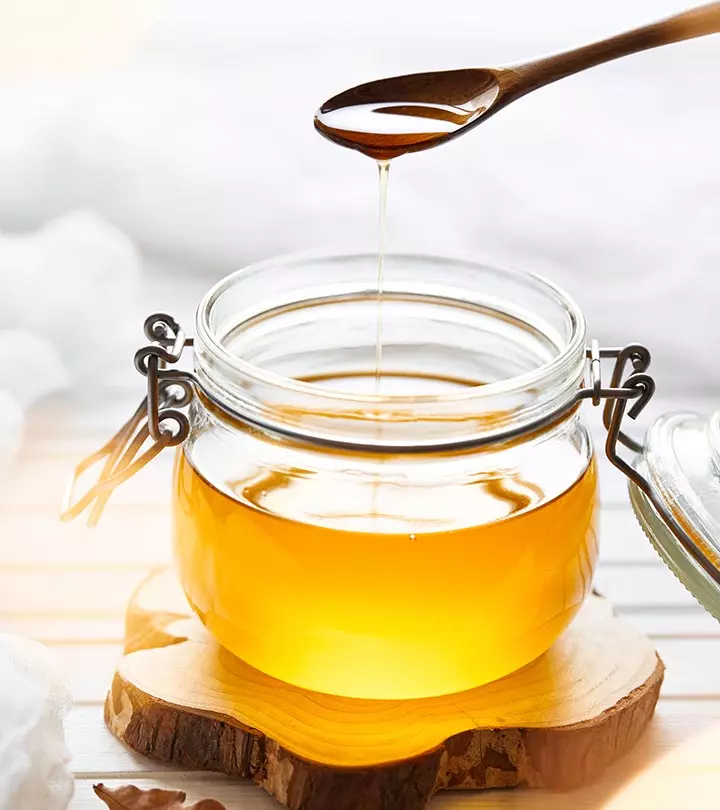
Image: Shutterstock
Ghee or ghrita (the Ayurvedic term) has for long been used in India and the Middle East for its culinary and medicinal properties. It adds a wonderful aroma and taste to dishes and is commonly used in making sweets. Moreover, the rich nutrient profile of ghee offers a wide range of benefits, ranging from improved digestion to a reduced risk of cardiovascular disease and cancer. It is also said to be healthier than butter. But what does science say?
In this article, we explore the health benefits of ghee, its nutrients, side effects, and how to make ghee at home. Read on.
In This Article
What Is Ghee?
Ghee is nothing but clarified butter. It is prepared by heating butter until all its remaining water evaporates, leaving behind milk solids. It has been used as a medicinal ingredient in Ayurveda for centuries. Moreover, ghee is believed to be healthier than butter for several reasons (which will be explored in the latter part of the article).
 Trivia
TriviaGhee is energy-rich and can round up your diet pretty well. So, what nutrients does it have? Keep reading to know.
Key Takeaways
- Ghee contains energy, fats, protein, vitamins, and minerals.
- It contains lesser lactic acid, acrylamide, and casein (a milk solid) than butter.
- It may boost digestion, relieve coughing, increase immunity, improve heart health, and aid weight loss.
- The recommended intake of ghee is 2-3 tablespoons a day due to its high fat content.
Nutrition In Ghee
One tablespoon of ghee offers (1):
| Nutrient | Amount |
|---|---|
| Energy | 123 kcal |
| Carbohydrates | 0 |
| Fats | 13.9g Saturated: 8.67g Unsaturated: 4.537g |
| Protein | 39g |
| Calcium | 0.56 mg |
| Phosphorus | 0.42 mg |
| Sodium | 0.28 mg |
| Choline | 3.12 mg |
| Vitamin A | 118 µg |
| Retinol | 115 µg |
| Vitamin E | 0.392 mg |
- Ghee also contains trace amounts of potassium, vitamins K and B12, and carotene.
Ghee and butter have similar nutritional profiles barring a few components. But which is healthier to eat?
Ghee Vs. Butter: Which Is Healthier?
One of the major differences between ghee and butter is the smoking point. Ghee has a higher smoking point at 485°F (252°C) as against butter’s 350°F (177°C). This makes ghee more suitable for cooking at higher temperatures (like frying or sautéing).
Another major difference is the amount of acrylamide produced. Acrylamide, a chemical produced when some ingredients are cooked at high temperatures, has cancerous properties (2). Ghee produces significantly less acrylamide compared to a few other oils (3). Ghee also has lesser lactic acid and casein (a milk solid) content than butter. Therefore, ghee is a better option if you are allergic to lactose (4). Given these differences, you can choose either ghee or butter according to your requirements.
Here in this blog, the blogger, Neethu, shares her experience of making homemade ghee on a boring Monday afternoon. She describes the process of stirring away her worries and boredom, transforming cream into the golden delight of clarified butter, and expresses the joy of creating something useful on a mundane day. She mentions, “So I pat myself and draw in the fresh aroma of my own pure home-made ghee.” (i)
 Fun Fact
Fun FactWhat makes ghee healthier is the presence of omega-3 fatty acids. How does ghee actually benefit your health? Keep scrolling to find out.
Health Benefits Of Ghee
1. May Boost Digestion
According to Ayurveda, ghee promotes digestive fire, which improves digestion and absorption of nutrients (5). Digestive fire refers to the strength and volume of stomach acid, digestive enzymes, and bile in the gastrointestinal tract. Ghee also has a lipophilic action (it gets attracted to fat molecules). This helps in the absorption of nutrients as the cells have walls made of fat molecules (5).
Besides, the butyric acid in ghee regulates the movement (motility) of the intestinal tract. It also boosts intestinal mucus production and promotes mucosal barrier function (6). This keeps the microbes from escaping the walls of the intestine. You can also explore some buttermilk benefits, which complement ghee in supporting digestion and skin health.
2. May Help Treat Cough
Anecdotal evidence suggests that ghee may help reduce cough caused due to obstruction in the lungs. Moreover, many Ayurvedic medicines also contain ghee as one of the main ingredients to treat cough and cold. The National Health Portal-India also recommends using a few simple preparations using cow ghee to treat chronic cough (7).
3. May Help Boost Immunity
Ghee has conjugated linoleic acid (CLA), which has been proven to protect and boost the immune system. In a study, CLA had increased anti-inflammatory protein count and decreased pro-inflammatory cytokines in healthy volunteers (8). These factors help improve your body’s ability to fight many diseases. Ghee also has docosahexaenoic acid (a type of omega-3 fatty acids) that is associated with boosting immunity (9),(10).
4. Has Anti-Inflammatory Properties
Omega-3 fatty acids and butyric acid in ghee help reduce inflammation (11), (12). Butyric acid has specifically been shown to reduce inflammation in the stomach and intestinal cells, which could help prevent and treat gastric ulcers (12), (13). Studies also suggest that the CLA in ghee may help reduce the levels of inflammatory proteins and also boost immunity (8).
You can also use ghee to treat burns and wounds. “Dab ghee on the afflicted regions using a cotton pad. Wash off with cold water 15 minutes later. Burns may be treated, and the skin can be healed using ghee,” suggests Dr. Michael K. Newman, a plastic surgeon.
5. May Help Improve Heart Health
Omega-3 fatty acids have long been associated with improved heart health. Their anti-inflammatory properties help protect the heart from oxidative stress. Extensive research suggests that these fatty acids help reduce the risk of coronary heart disease and ischemic stroke. Besides, they also help reduce the risk of sudden death from cardiac disease (11).
Omega-3 fatty acids also help reduce blood cholesterol levels, reducing the risk of hyperlipidemia (heavy fat content in the blood) and hypertension (14). Furthermore, studies link CLA with reduced oxidative stress and cholesterol levels, thereby reducing the risk of cardiovascular disease. CLA may also decrease the incidence of atherosclerosis (the accumulation of fat and cholesterol on the arterial walls) (15).
6. May Promote Weight Loss
An animal study showed that ghee may reduce serum cholesterol, LDL cholesterol, and triglyceride levels (5). Also, the CLA in ghee has anti-adipogenic properties (reduces fat production) (15).
Besides, butyric acid was also shown to reduce fat production and help with weight loss (16). “Studies have shown ghee as very efficient in fat loss because of a higher concentration of conjugated linoleic acid, which is proven to reduce fat,” says Lauren Gray, a Clinical Dietician.
7. May Help Reduce Cancer Risk
The anti-inflammatory effects of omega-3 fatty acids and butyric acid play a key role in reducing the risk of cancer (17), (18). Butyric acid was also shown to induce apoptosis (programmed cell death of tumor cells) in the colon and many other cancer cells (19).
Besides, CLA in ghee also has anti-cancer properties (20). Moreover, the fact that ghee produces less acrylamide (a cancer-causing compound) compared to other oils plays in its favor.
8. May Support Hair And Skin Health
Using ghee for skin care can provide deep moisturization and improve the texture f the skin. External sources like environmental pollution, toxic metals, cigarette smoke, pesticides, etc. also generate free radicals that can affect your skin and scalp, causing hair loss (21),(22). Studies suggest that vitamin E and fatty acids in ghee may help improve skin quality.
“Some sources claim it (ghee) could help nourish your scalp and promote hair growth because of the omega 3s and omega 9s as well as vitamins A and E,” explains Paula Doebrich, MPH, RDN, and a Registered Dietitian.
Insufficient Evidence For
9. May Help Reduce Insulin Resistance
A study on rodents suggests that CLA may help reduce insulin resistance, which could benefit individuals with diabetes (23). However, more studies are warranted to understand this benefit of CLA and ghee.
10. May Help Treat Hemorrhoids
According to Ayurveda, you can use cow ghee for hemorrhoids, a condition that leads to swollen and inflamed veins in the rectum and anus. You can use it in combination with the resin of the sal tree and apply it over the affected area. This may help treat the burning sensation and excess secretion linked to the condition (24). It is also a rich source of essential fatty acids that may help reduce inflammation throughout the body (25). Thus, when applied directly to hemorrhoids or any other inflamed area on the body, it may help reduce swelling. However, there is no direct scientific evidence to support ghee being used to treat hemorrhoids. Therefore, it is recommended you consult your doctor before using it.
While ghee offers many health benefits, its prolonged excess intake may cause some adverse effects. Keep reading to know them.
Risks And Recommended Intake
The side effects of ghee can mainly be attributed to its high fat content.
- Continuous and excessive intake of saturated fatty acids may raise CVD risk by increasing low-density lipoproteins (LDLs or bad cholesterol) (26).
- While ghee may help reduce the risk of cardiovascular disease, the high temperatures at which it is produced could cause cholesterol oxidation. This oxidation is harmful and could be a potential trigger for heart disease (27).
Therefore, according to Harland Adkins, a registered dietician, the upper limit of ghee is no more than 2 tablespoons daily. That said, we recommend you limit yourself to 1 teaspoon per day.
The benefits of ghee are best available to your body when it is prepared at home. Let us understand more in the next section.
How To Make Ghee At Home
Making ghee is a simple process that takes around 20 minutes with a 2-minute prep time.
What You Need
- 1 pound of butter (454g)
Process
- Cube the butter and melt it in a skillet or pan on a low simmer.
- Allow the butter to cook for 15-20 minutes or until it browns. The milk solids must settle down at the bottom.
- Remove any foam or milk solids that float to the top.
- Turn off the heat, let it cool, and transfer into a glass container.
What you get is clear ghee with healthy milk solids at the bottom. This ghee has a nutty flavor and a beautiful aroma.
Optional Steps
- You can add a betel leaf while heating the butter for a nuttier flavor and spicy aroma.
- You can add spices like cinnamon or cloves to enhance the flavor.
- You can strain the ghee with cheesecloth if you like a clear bottle of ghee.
Ghee or clarified butter is a popular ingredient in many Indian or Middle Eastern kitchens. It is healthier than butter and is packed with fats, proteins, vitamins, and minerals that support overall health. Ghee has many health-promoting properties due to its omega 3- fatty acid and CLA content. The benefits of ghee range from boosting heart health to aiding in weight loss. It may help reduce the harmful free radicals present in your body and reduce inflammation. However, when consumed in excess, they can cause problems. If you experience any adverse effects, limit its use and seek medical advice.
Frequently Asked Questions
What is the best time to eat ghee?
You can consume ghee on an empty stomach in the morning or add it to any meal of the day.
Is ghee healthier than olive oil?
Both olive oil and ghee are healthy sources of fat. Ghee and olive oil have almost the same number of calories, sodium, vitamin E, and fat content (1), (28). You can choose as per your preference.
Is ghee good for sperm count?
Yes, research suggests that daily consumption of ghee may increase sperm count (29).
Is ghee good for blood pressure?
Consuming small amounts of ghee may help manage hypertension (30). Consult your doctor for further information.
Ghee has been used for centuries for its variety of benefits. Here is a science-backed video on its nutritional facts to help you make informed dietary choices. Click here to watch it!
Personal Experience: Source
StyleCraze's articles are interwoven with authentic personal narratives that provide depth and resonance to our content. Below are the sources of the personal accounts referenced in this article.
(i) Ghee anyone??!!https://outlawnee.wordpress.com/2015/07/27/ghee-anyone/References
Articles on StyleCraze are backed by verified information from peer-reviewed and academic research papers, reputed organizations, research institutions, and medical associations to ensure accuracy and relevance. Read our editorial policy to learn more.
- Ghee
clarified butter - Dietary Acrylamide and Human Cancer: A Systematic Review of Literature
https://www.ncbi.nlm.nih.gov/labs/pmc/articles/PMC4164905/ - Acrylamide formation in vegetable oils and animal fats during heat treatment
https://pubmed.ncbi.nlm.nih.gov/27374529/ - The lactose and galactose content of milk fats and suitability for galactosaemia
https://www.ncbi.nlm.nih.gov/labs/pmc/articles/PMC5471386/ - The effect of ghee (clarified butter) on serum lipid levels and microsomal lipid peroxidation
https://www.ncbi.nlm.nih.gov/labs/pmc/articles/PMC3215354/ - Butyric acid in functional constipation
https://www.ncbi.nlm.nih.gov/labs/pmc/articles/PMC4027827/ - Jirna-Kasa(Chronic cough)
https://www.nhp.gov.in/jirna-kasachronic-cough_mtl - Effect of CLA supplementation on immune function in young healthy volunteers
https://pubmed.ncbi.nlm.nih.gov/15674307/ - Docosahexaenoic acid content is significantly higher in ghrita prepared by traditional Ayurvedic method
https://www.ncbi.nlm.nih.gov/labs/pmc/articles/PMC4061595/ - Long-Chain Polyunsaturated Fatty Acids (LCPUFAs) and the Developing Immune System: A Narrative Review
https://www.ncbi.nlm.nih.gov/labs/pmc/articles/PMC7830895/ - Omega-3 fatty acids and inflammation
https://pubmed.ncbi.nlm.nih.gov/15485592/ - Potential beneficial effects of butyrate in intestinal and extraintestinal diseases
https://www.ncbi.nlm.nih.gov/labs/pmc/articles/PMC3070119/ - Short-chain fatty acid butyrate: A novel shield against chronic gastric ulcer
https://www.ncbi.nlm.nih.gov/labs/pmc/articles/PMC7903393/ - Omega-3 fatty acids and cardiovascular disease
https://pubmed.ncbi.nlm.nih.gov/25720716/ - High conjugated linoleic acid-enriched ghee (clarified butter) increases the antioxidant and antiatherogenic potency in female Wistar rats
https://www.ncbi.nlm.nih.gov/labs/pmc/articles/PMC3766171/ - Propionic acid and butyric acid inhibit lipolysis and de novo lipogenesis and increase insulin-stimulated glucose uptake in primary rat adipocytes
https://www.ncbi.nlm.nih.gov/labs/pmc/articles/PMC4496978/ - Omega-3 Fatty Acids and Cancer Cell Cytotoxicity: Implications for Multi-Targeted Cancer Therapy
https://www.ncbi.nlm.nih.gov/labs/pmc/articles/PMC4773771/ - Implications of butyrate and its derivatives for gut health and animal production
https://www.ncbi.nlm.nih.gov/labs/pmc/articles/PMC6104520/ - Synergistic cytotoxicity of artemisinin and sodium butyrate on human cancer cells
https://pubmed.ncbi.nlm.nih.gov/16309236/ - Role of the conjugated linoleic acid in the prevention of cancer
https://pubmed.ncbi.nlm.nih.gov/15941017/ - Environmental factors and unhealthy lifestyle influence oxidative stress in humans–an overview
https://pubmed.ncbi.nlm.nih.gov/23636598/ - Oxidative Stress in Ageing of Hair
https://www.ncbi.nlm.nih.gov/labs/pmc/articles/PMC2929555/ - Effects of three different conjugated linoleic acid preparations on insulin signaling
fat oxidation and mitochondrial function in rats fed a high-fat diet - Wound healing activity of topical application forms based on Ayurveda
https://www.ncbi.nlm.nih.gov/pmc/articles/PMC3136177/ - Omega-3 fatty acids and inflammatory processes
https://www.ncbi.nlm.nih.gov/pmc/articles/PMC3257651/ - Effects of dietary saturated fat on LDL subclasses and apolipoprotein CIII in men
https://www.ncbi.nlm.nih.gov/labs/pmc/articles/PMC3491165/ - Circulating Oxidized Low-Density Lipoprotein is a Strong Risk Factor for the Early Stage of Coronary Heart Disease
https://pubmed.ncbi.nlm.nih.gov/30414358/ - Olive oil
https://fdc.nal.usda.gov/fdc-app.html#/food-details/1103861/nutrients - Efficacy of Virechana (therapeutic purgation) followed by Go-Ghrita (cow ghee) in the management of Ksheena Shukra (oligozoospermia): A clinical study
https://www.researchgate.net/publication/337418943_Efficacy_of_Virechana_therapeutic_purgation_followed_by_Go-Ghrita_cow_ghee_in_the_management_of_Ksheena_Shukra_oligozoospermia_A_clinical_study - CRITICAL REVIEW OF COW GHEE INTAKE AND ITS RELATION
WITH PRAMEHA OR DIABETES
https://wjpr.s3.ap-south-1.amazonaws.com/article_issue/1518746047.pdf
Read full bio of Dr Archana Batra
Read full bio of Gayathri Vijay
Read full bio of Ravi Teja Tadimalla
Read full bio of Aparna Mallampalli







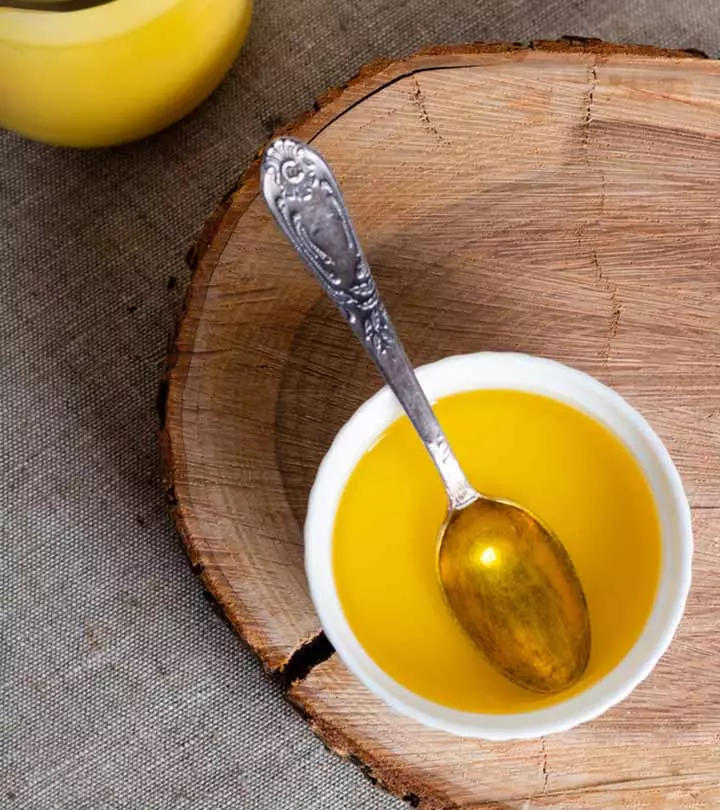
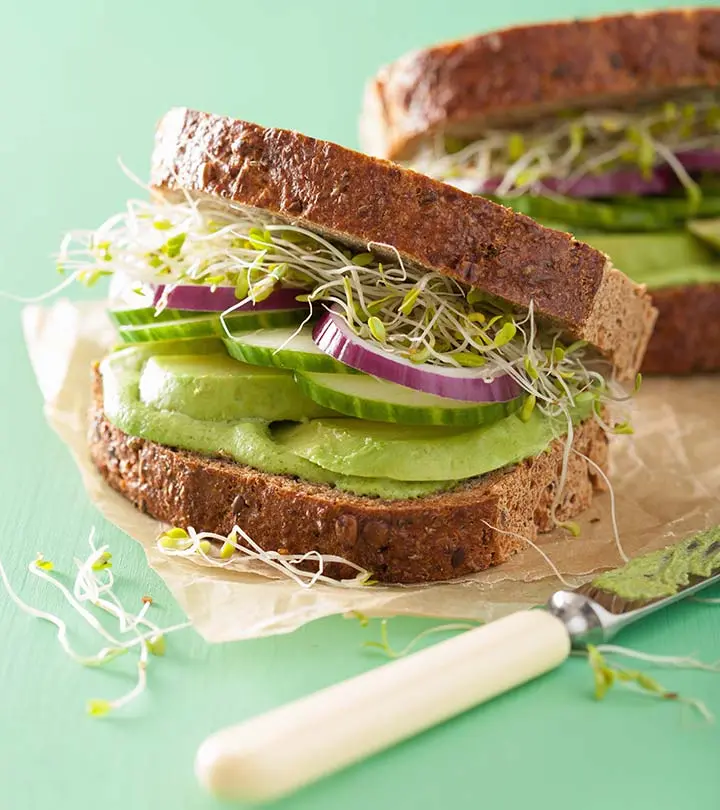
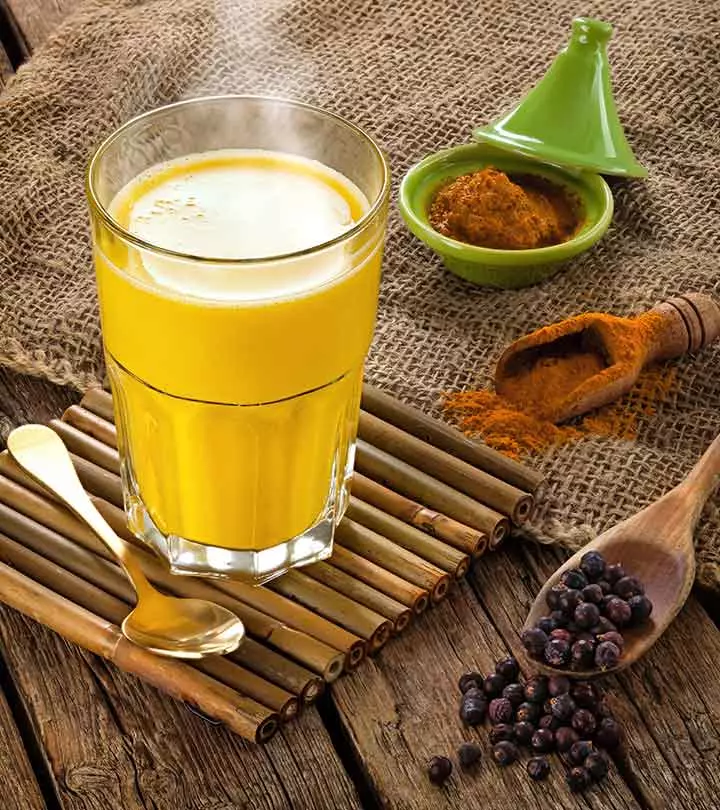
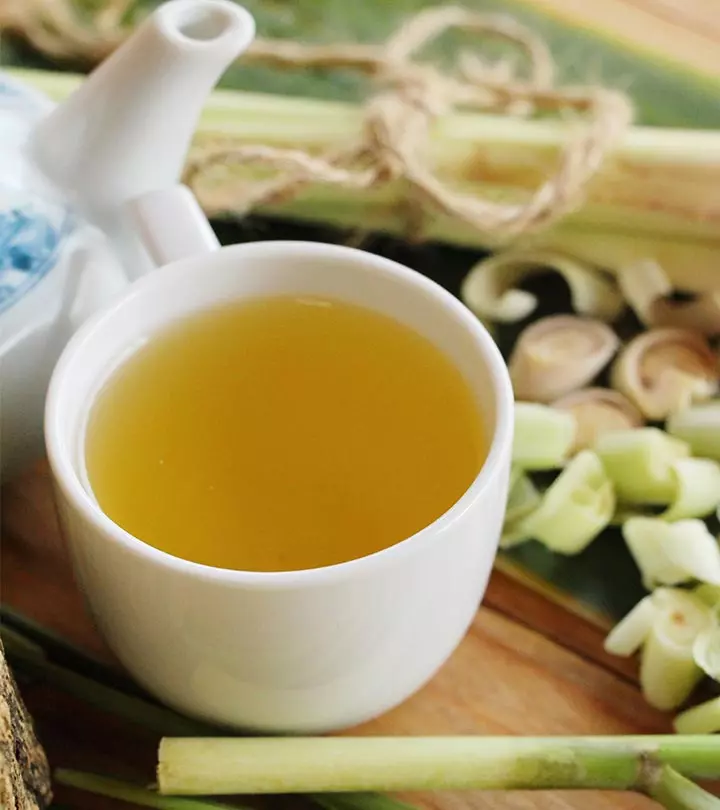
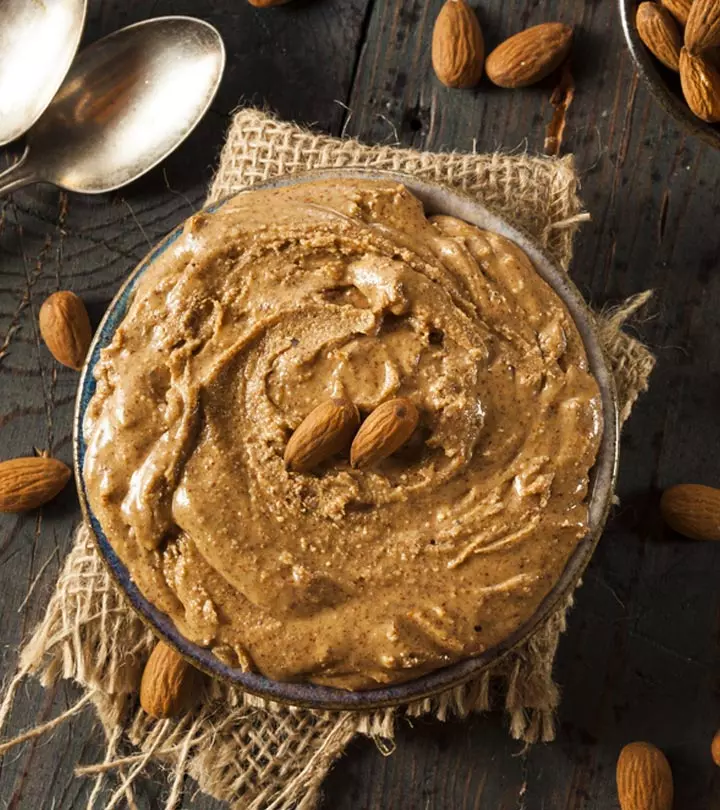


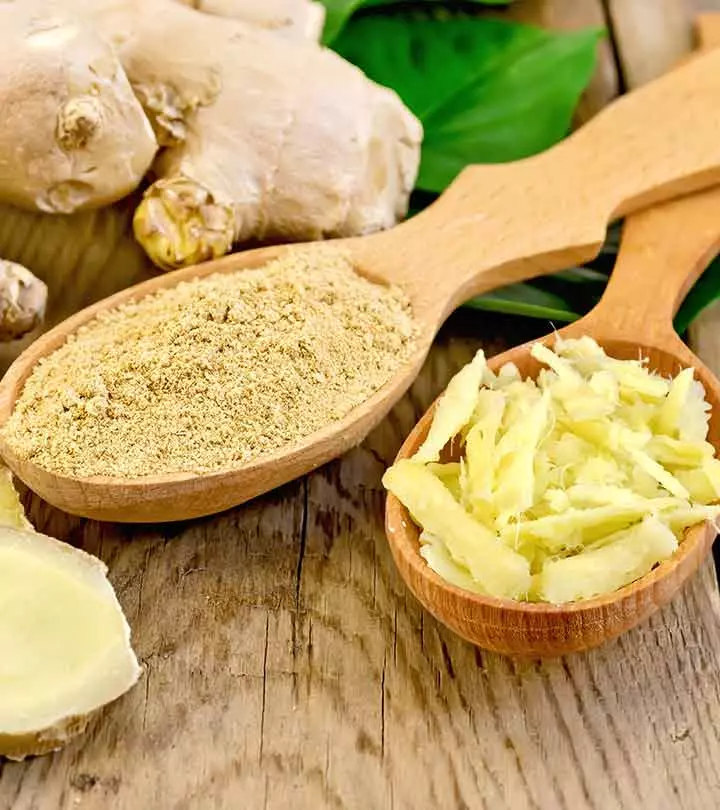

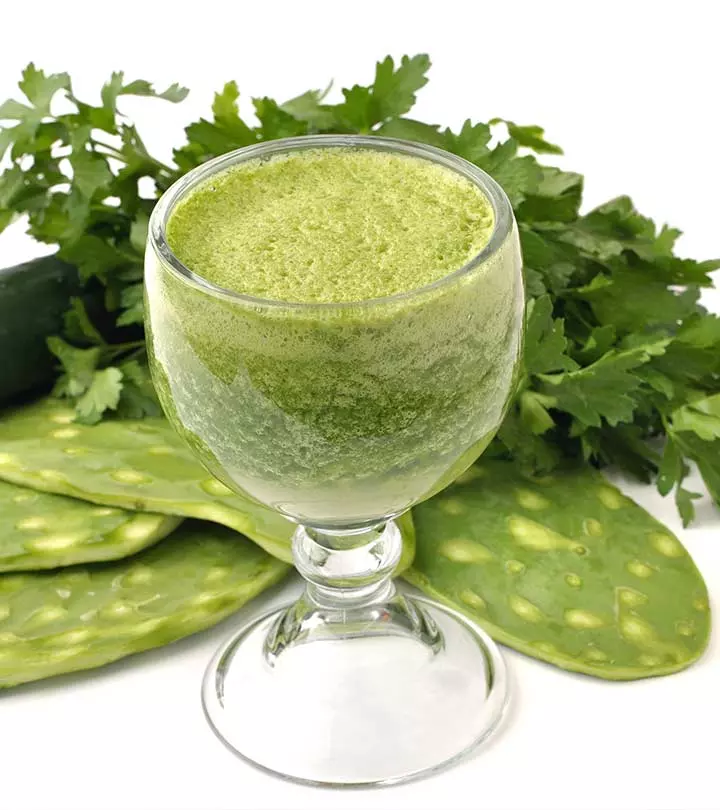
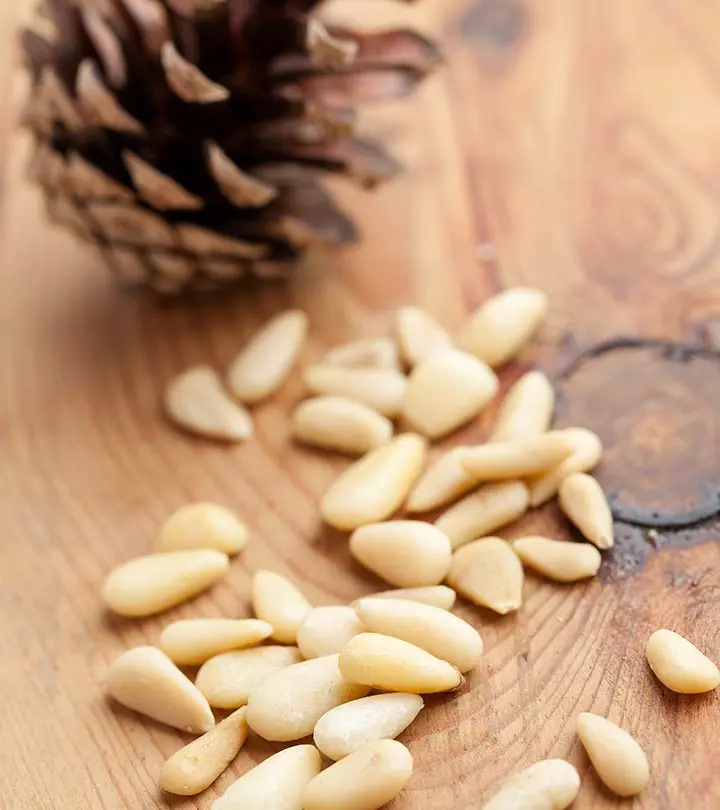
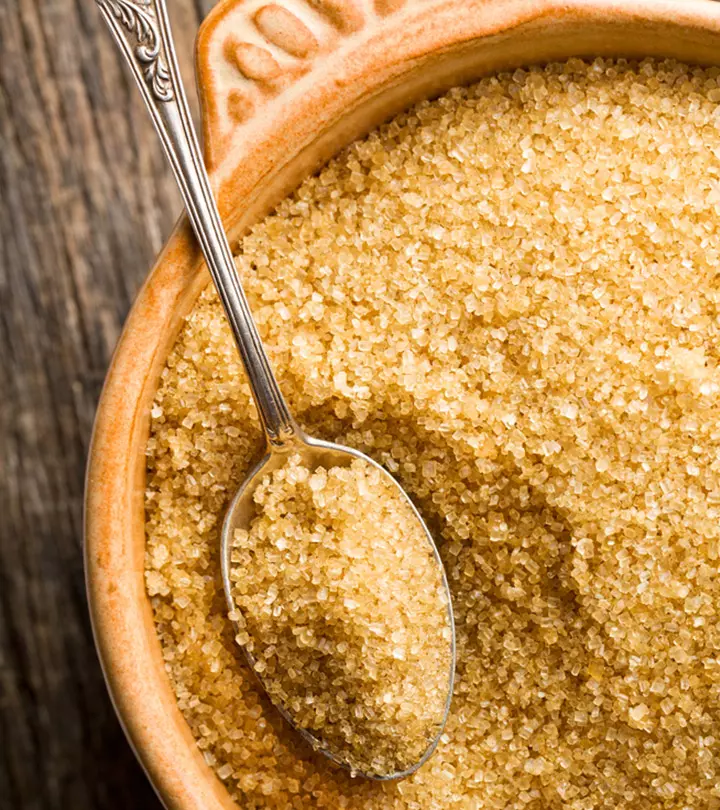
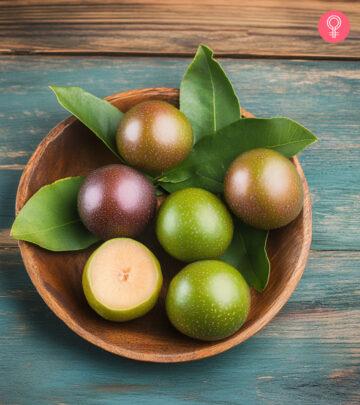
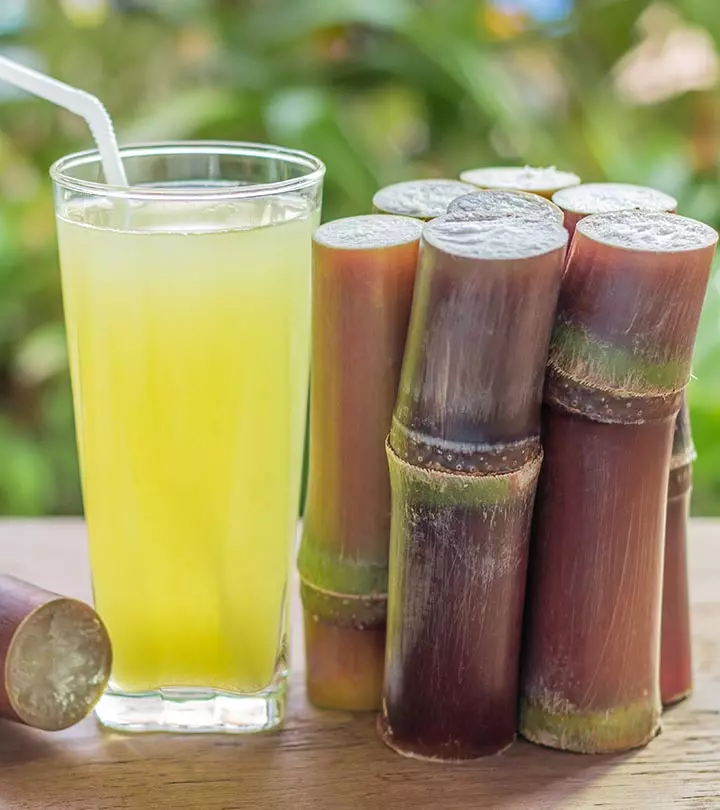
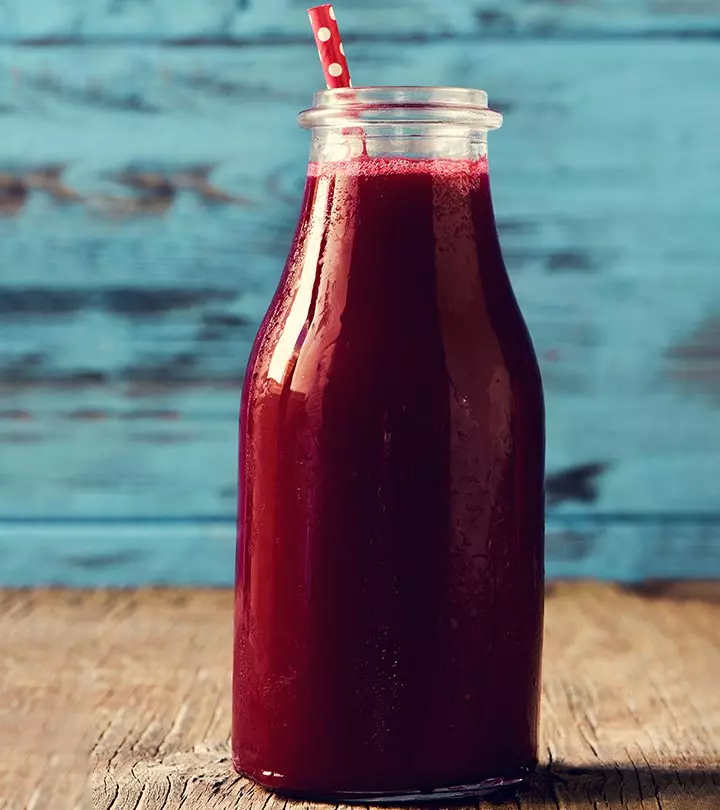
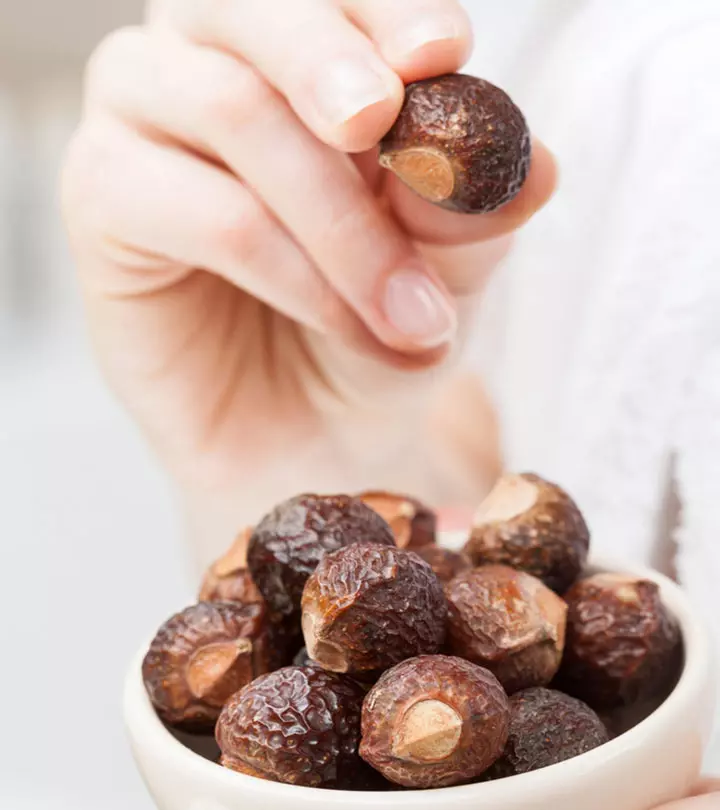
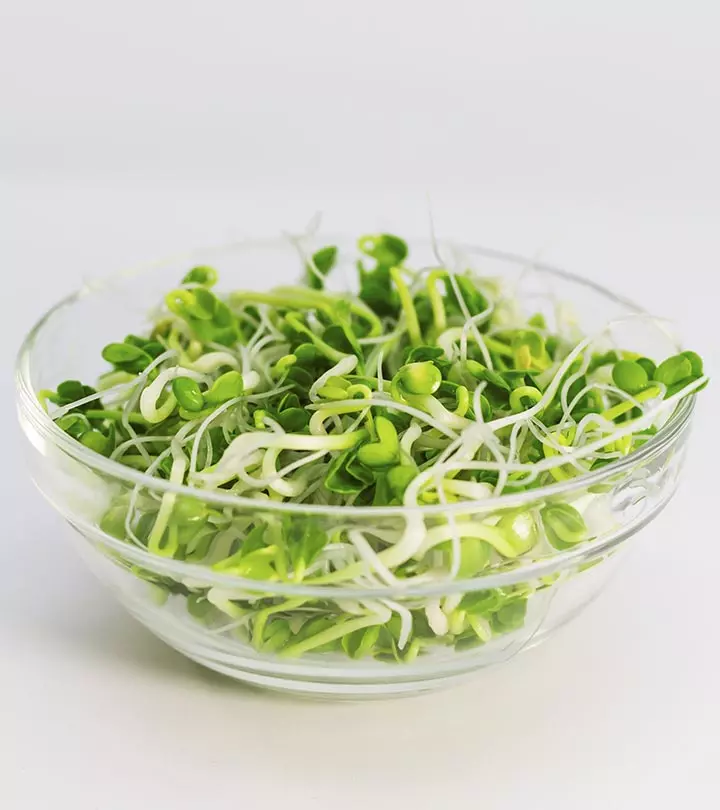
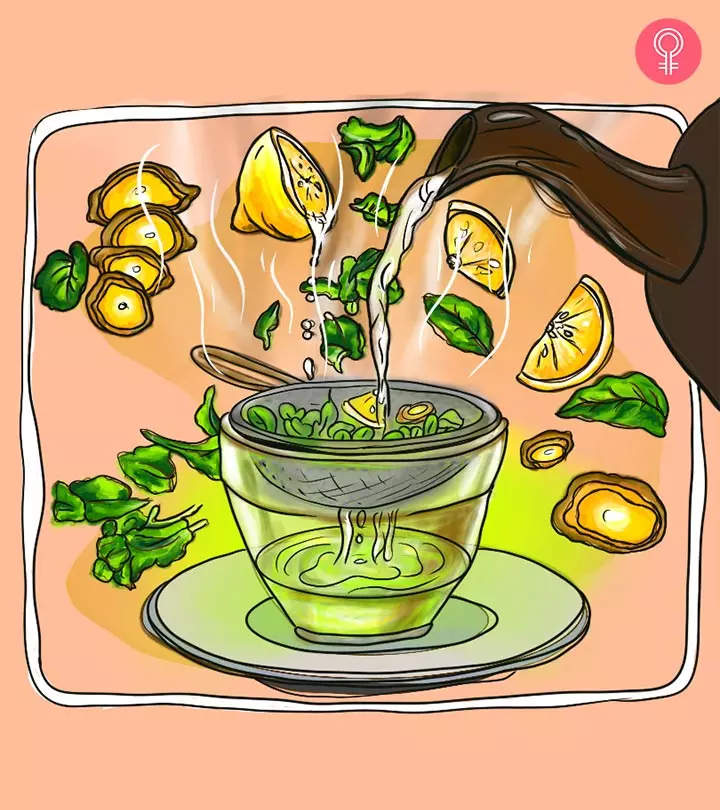
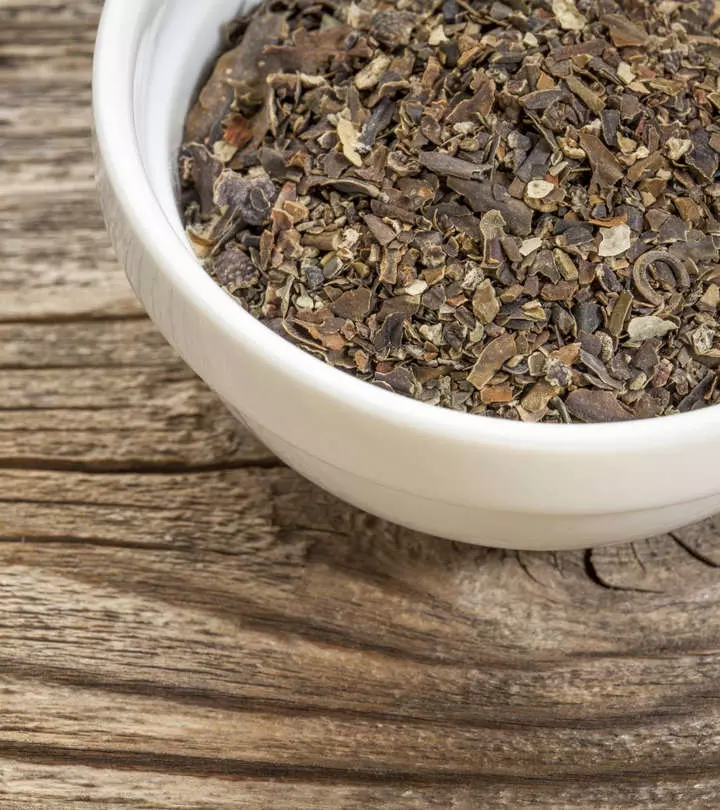

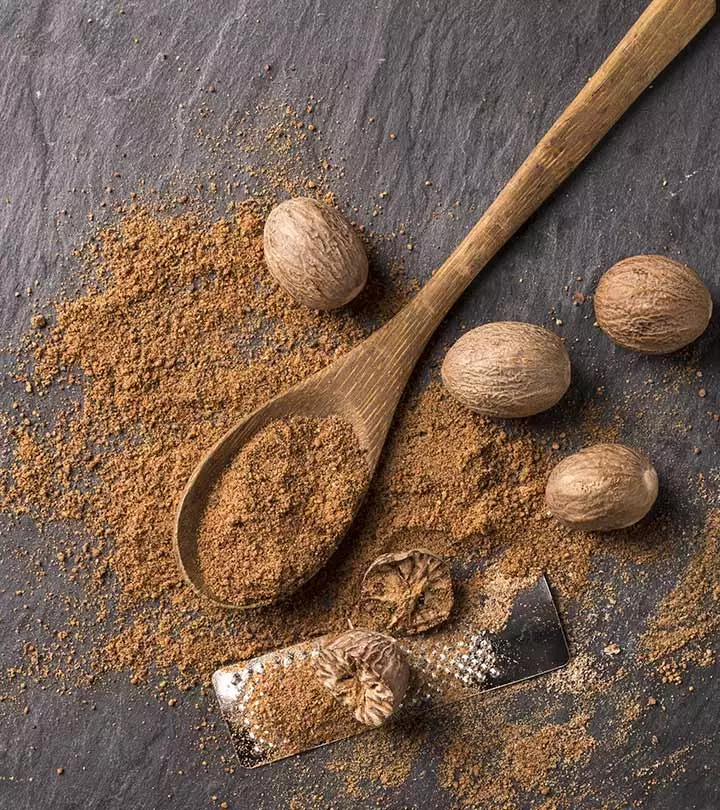
Community Experiences
Join the conversation and become a part of our empowering community! Share your stories, experiences, and insights to connect with other beauty, lifestyle, and health enthusiasts.